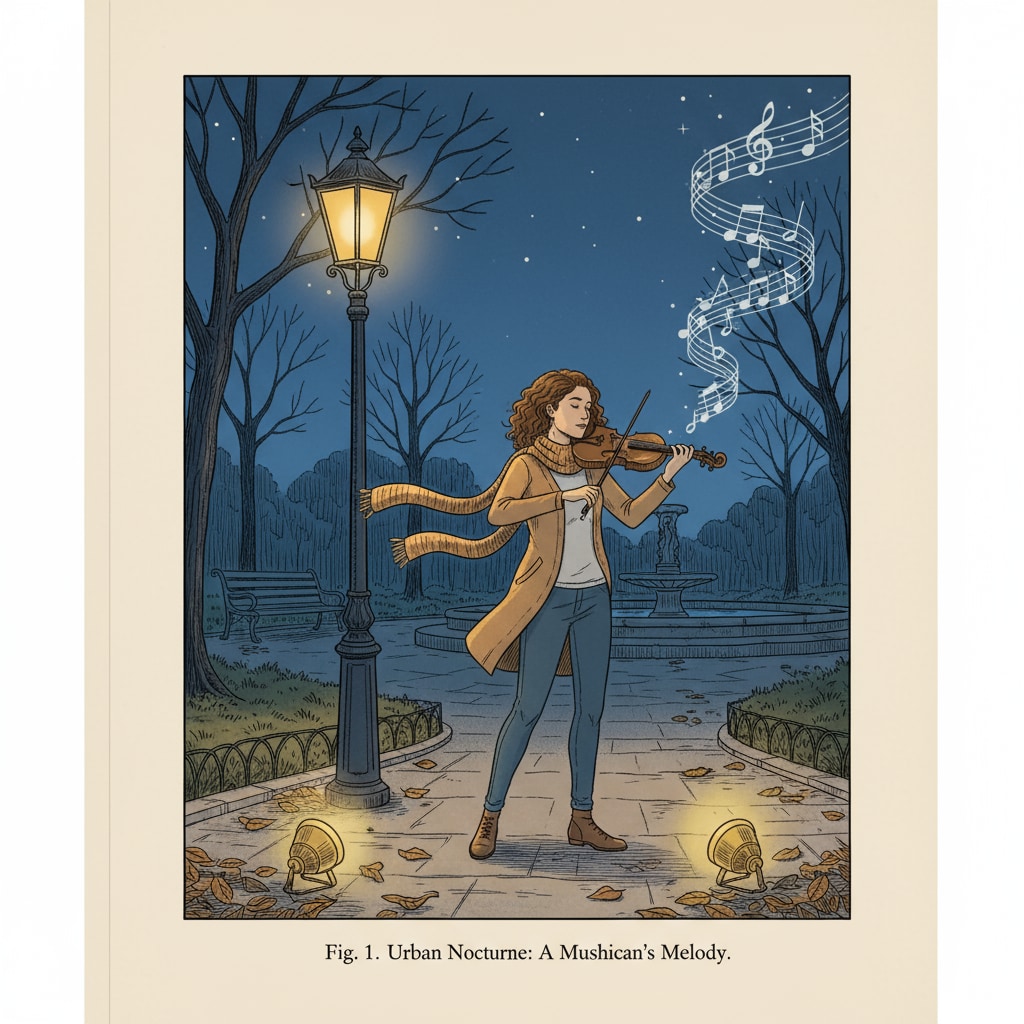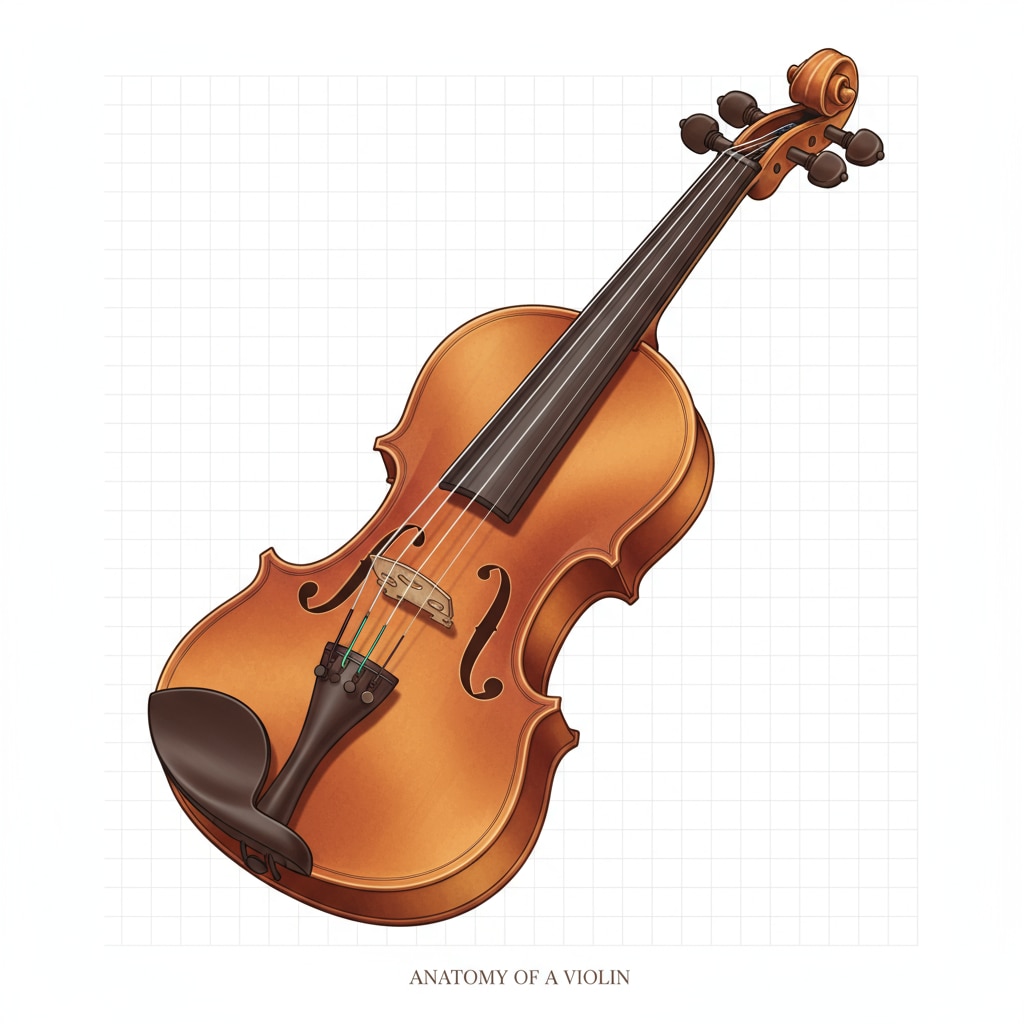Have you ever experienced a moment when you mistook the sound of a violin for someone crying? The similarity between violin sounds and human crying is a fascinating aspect that reveals the deep ties between music and our emotions. It all started on a quiet evening. I was strolling through a park when I heard what I thought were the sobs of a child. However, as I got closer, I realized it was the mournful melody of a violin being played by a street musician.

This incident made me start thinking about how these two seemingly different sounds could be so easily confused.
The Acoustic Similarities
The similarity in pitch and timbre between violin sounds and crying is quite remarkable. When a violinist plays certain notes with a particular technique, the sound can mimic the rising and falling pitch patterns often heard in human crying. For example, the use of vibrato on the violin can create a wavering effect, much like the unsteady voice during sobbing. According to Wikipedia’s entry on the violin, the instrument’s unique construction and the way strings are bowed contribute to this wide range of expressive sounds. The resonance of the violin body also plays a role in creating a rich, emotional tone that can be easily associated with crying. This acoustic similarity is not just a coincidence but a result of the violin’s design and the way it is played.

Emotional Resonance
Beyond the acoustic similarities, there is a strong emotional resonance between violin music and crying. Both are powerful means of expressing intense emotions. When we hear a violin playing a sad melody, it can trigger the same emotional responses as hearing someone cry. This connection is deeply rooted in our human nature. As explained on Britannica’s page on music, music has the ability to bypass rational thought and directly access our emotions. The sound of a violin can stir feelings of sadness, loss, or empathy, just as the sound of crying does. It’s this emotional overlap that makes it easy for our brains to sometimes misinterpret the two.
This similarity between violin sounds and crying also has significant implications for K12 music education. It shows that music can be a powerful tool for teaching students about emotions. By exposing students to different types of violin music, educators can help them develop a deeper understanding of how emotions are expressed through sound. Moreover, it can enhance students’ emotional intelligence and their ability to empathize with others. In conclusion, the similarity between violin sounds and human crying is not just an interesting quirk but a valuable aspect that enriches our understanding of music and human emotions.
Readability guidance: The story is presented in short paragraphs to enhance readability. The key points about acoustic similarities and emotional resonance are clearly laid out. External links are provided to reliable sources for further exploration. Transition words like ‘however’, ‘for example’, and ‘moreover’ are used to make the flow of the article smooth.


